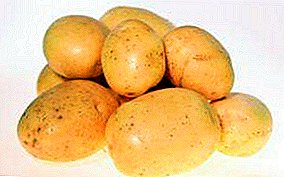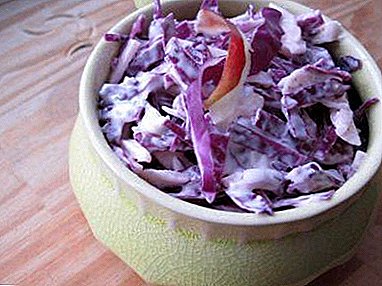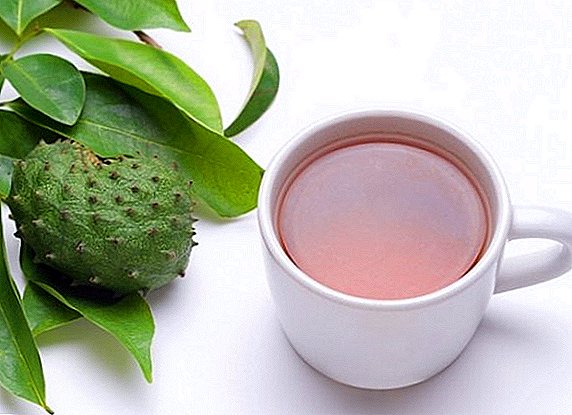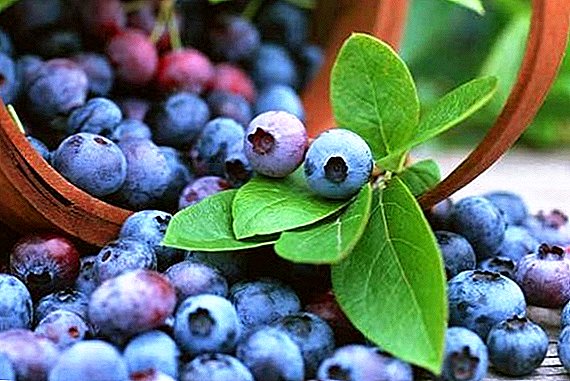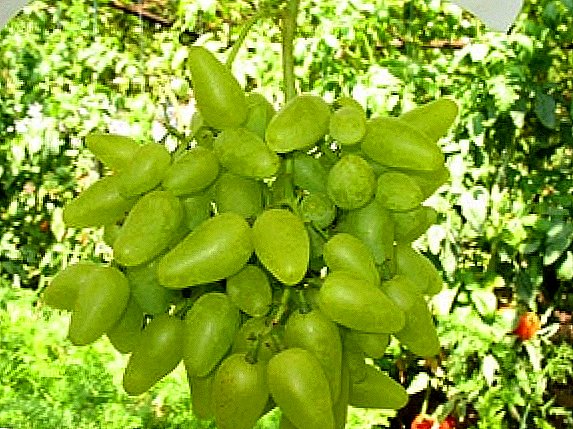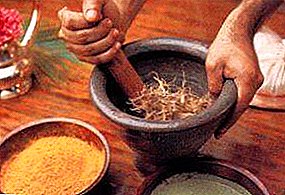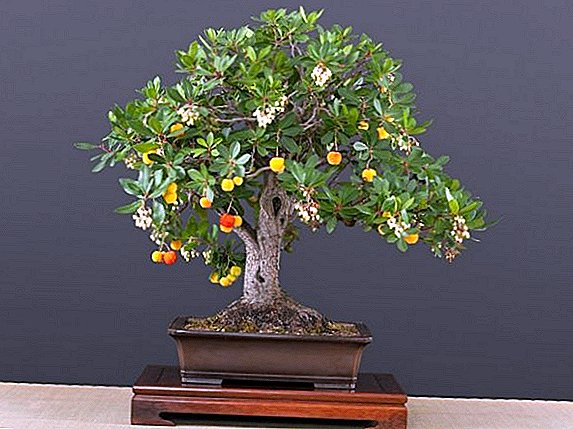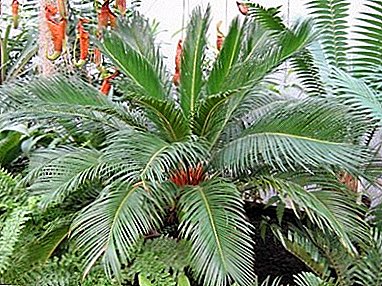
Palma Zicas is an ornamental plant widely used in landscaping.
Thick beautiful trunkresembling the shell of an ancient animal, gives the plant a flavor and attractive appearance.
Settle Tsikas in his apartment, and he will become her worthy decoration.
Further in the article we will talk more about the plant Tsikas: home care, photos of popular varieties, diseases and more.
Introduction
Want to make your interior more exotic and unusual? Do you want to attract the attention of guests for a long time? Then Tsikas is a plant for you. Cycas considered one of the oldest plants on earth. They appeared in the Mesozoic era, and from Greek their name translates as “palm tree”.
Natural habitat This plant species is all Asian countries, Australia and a number of Pacific islands.
But now they are successfully divorced at home.
Description
Cycass or Cycas is a small plant that looks like a palm tree. Trunk it is covered with thick bark and resembles shell. It consists of leaf stalks, which had previously died off. The core and seeds of this plant are almost 45% starch.
At the top of the trunk plume grow plume leavesrather large - up to 2-3 meters long, they appear once a year. Cycad leaves have 2 distinctive features: being in an embryonic state, they are folded up snail-like, and always have one powerful nonbranching vein.
Kinds
- Curled.
- Drooping.
- Siamese.
- Touara.
- No man.
- Media or medium.
- Ridge-shaped.
Unusual plant with leathery leaves. It grows to 7-9 meters in tropical parks and gardens. Dumps old leaves when new ones grow. A special feature is the ability of seeds to float, which is also the reason for their spread everywhere.

A small plant, up to 2 meters, with a miniature crown and a thick trunk. The leaves are dark green. In nature, grow individually or in small groups. The top of the trunk crowned sporofilla with bright red ovules.
Rumpha
Habitat - Sri Lanka, India, Indonesia. These are the highest cicasas, up to 13-16 meters in length.
Tsikas revolyuta: photos of this species.

It grows in the savannas of Indochina. The trunk to 2 meters in height, thickened to half. Leaves are pinnate, thorny yellow with thorns.

Widely distributed in coastal forests in Madagascar. It grows up to 10 meters, the top of the plant branching out. Cycadia seeds have a goose-eater size.

It is found in Vietnam. His sheets do not have thorns.
It grows in the north of Australia. Its seeds have long been the staple food of the local population. But due to the toxicity of the seeds, they needed careful treatment.

A low tree growing in India, Vietnam, Bangladesh. His megasporofilli have the form of a cock comb, for which the tsikas was named just that way.

Home care
How to care for the flower of Tsikas at home?
Features care after purchase
Zicas requires proper and competent care, growing slowly, spreading new leaves once a year.
After the purchase, it is advised to water the plant, and for six months not to replant it into the pot wider.
Lighting
Cycassus (Cycassus) will enjoy on the windowsill on the sunny side, he loves direct sunlight. Perfect for cicas space at the south-west or southeast window.
As soon as the cyclotisotus begins to leave new leaves, it is not necessary to rearrange his place to place, they can die.
Temperature
Zicas is very selective in the matter of temperature. Summer the average temperature should be 21-25 degrees, in the cold season the temperature should not fall below 10-12 degrees, but not more than 18 degrees Celsius.
It is important to know that if in winter the cicasu is not cool enough, then it may lose part of the leaves.
Air humidity
The humidity of the air in the room where the cycad grows must be very high.
Also, any measures are welcome. I increase the humidity - wiping leaves with a damp cloth, spraying with separated soft water and using a “double pallet”.
Watering
 How to water? Zikas loves moderate watering.
How to water? Zikas loves moderate watering.
Water for irrigation take warm, watered 2-3 times a week.
Rest period - from November to early March. At this time, it is worthwhile to reduce watering to a minimum and keep the cycad in a cool place.
He likes cycads and take a “warm shower”, the main thing is to avoid wetting the earth in a pot.
Fertilizers and feed
Like all palm trees, cycad needs to be fed. In the spring and summer weekly fertilizers are applied, except potassium and magnesium.
The rest of the year - 1-2 times a month.
Graft and ground
Transplanted young stock once a year.
Adults You can simply update the top layer of the earth, but if the roots of the plant have occupied the entire inner space of the pot, then you can transplant.
Cicasas are planted in turf, peat and leafy ground or acquire ready-made soil for palm trees. Be sure to put clay on the bottom of the pot.
And here is a video about how to properly transplant Tsikas.
This video describes how to save Zicas grown under the wrong conditions.
Cultivation from seeds, fruits
Reproduction of cicasas by seeds rather complicated process, and is made only by experts.
When planting seeds in residential conditions, seedlings will break through in a month and a half, subject to a temperature of about 30-32 degrees.
Breeding
How is breeding done at home? It is possible to propagate cicas flowers under room conditions by separating the shoots in the form of bulbs (children) from the stem of the plant. Place the cut sprinkled with activated charcoal and dried for 2-3 days. The shoot is planted in the soil, and until the roots appear, they are watered slightly.
Another video that tells you how to care for Tsikasu.
Flowering and fruit
Blossom at Sagovnik in room conditions is rarely observed.
Diseases and pests
 Why do cicas turn yellow leaves? What to do? Zicas in room conditions in need of proper care.
Why do cicas turn yellow leaves? What to do? Zicas in room conditions in need of proper care.
Abundant watering and low temperature lead to decay of the roots, the leaves dry and die. Also, the leaves may turn yellow from insufficient watering.
BUT overly dry air and lack of minerals lead to stains on the leaves. Avoid direct sunlight, they cause burns to foliage.
The main diseases that are affected by the cycad are shchitovok and thrips. These parasites damage the leaves and stem of the plant, spots appear and the leaves die off.
Clean pests a cloth with a soap solution or special preparations such as "Karbofos" or "Aktellik".
Conclusion
Undoubtedly, tsikas is though slowly growing, but very unusual exotic plant. It is also believed to have a positive effect on the human nervous and cardiovascular systems.
So do not be lazy, get a cyclop, and he will delight you with its tropical color and abundance of greenery.


